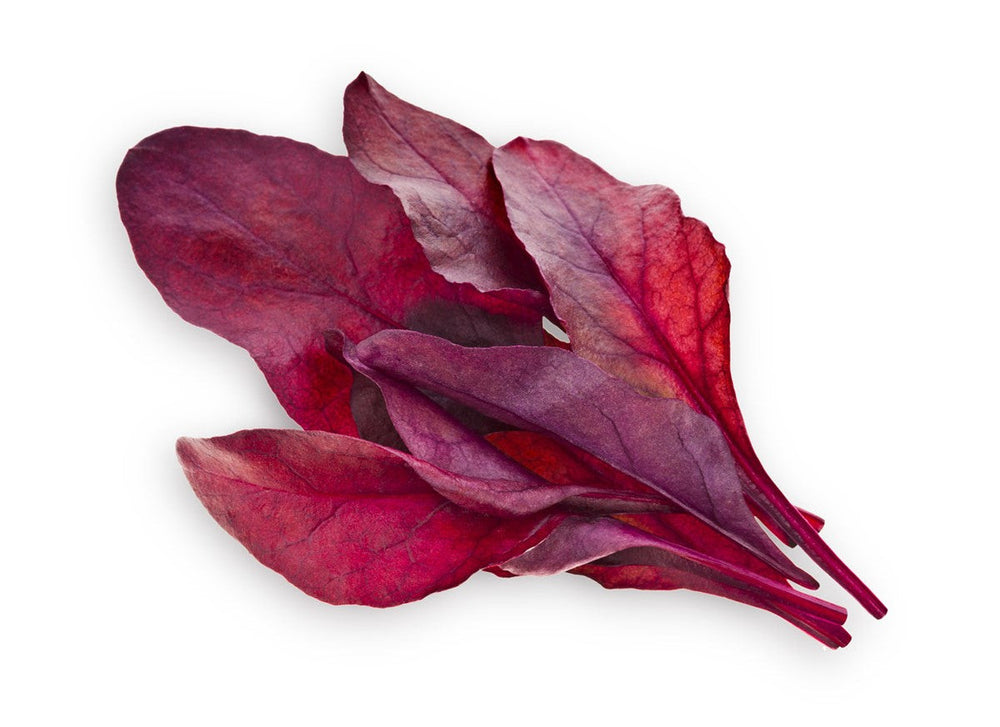News
The 5 Best Click & Grow Plants for Increasing Your Vitamin Intake

Vitamins are as important for healthy living as the air we breathe. At their most basic level, they are organic compounds we need in order to stay alive. Our bodies do not produce enough vitamins by themselves so it’s essential we get them from the food we eat.
If you’ve ever wondered which Click & Grow plants provide the very best source of vitamins, we’ve listed them for you here! All of our plant pods are 100% organic, free from additives and can be grown indoors with your Click & Grow Smart Garden.
1. Arugula
Arugula contains micronutrients in small, well balanced amounts. It’s a vegetable that makes every salad fresh and exciting thanks to its herbaceous, slightly peppery flavor. In addition to other key vitamins, one cup (10gr) of Arugula provides 12% of an Adult’s Recommended Daily Allowance (RDA) of vitamin K and 14% of vitamin A. Unlike other salad greens, arugula is relatively low in oxalates, which makes it safe to eat in large amounts. It grows very fast and its first leaves can be harvested in 3 weeks. It continues to yield even up to 8 weeks. If it starts flowering, the flavour intensifies greatly, leaving you with some edible (and very pungent) flowers to garnish your salads or sandwiches.
2. Green Chard
Green chard is an underrated yet very valuable salad green. Its mild, subtly vegetal taste complements a variety of meals. One cup of fresh green chard provides 30mg of magnesium as well as being a reliable source of potassium and iron. One cup of baby leaves (36 gr) provides 16% of an adult’s RDA for Vitamin A, 14% for Vitamin C and 332% for Vitamin K. You can harvest green chard’s first leaves (baby leaf size) after 3 weeks and the plant easily lasts for 5 weeks. It grows well in hot and humid climates, even with temperatures of around 30C and is a great substitute for spinach.
3. Red Chard
Red chard’s vitamin properties are very similar to those of green chard. In addition to its overall nutritional value, red chard has more bioactive compounds and 9 times higher antioxidative activity than green chard. This is largely due to different carotenoids that give the plant its inviting deep red colour. As a general rule, the more colorful the food is, the healthier it tends to be! Red chard tastes very similar to green chard although some claim that it tastes more like red beetroot.
4. Red Kale
One cup (20 grams) of red kale’s fresh leaves added to your morning smoothie provides 7% of an adult’s RDA of vitamin A, 26% of vitamin C and 90% of vitamin K. Kale differs from other greens in that it provides 10% of an adult’s RDA of manganese. In addition to this, red kale is a reliable source of calcium, magnesium and iron. It's commonly considered the sweetest of all kales and tastes great when eaten raw.
5. Romaine Lettuce
One cup of romaine lettuce baby leaves (35gr) provides 82% of an adult’s RDA for Vitamin K and 14% for vitamin A. Romaine lettuce makes a good base for your salad thanks to its mild, crunchy texture. It’s a fast growing salad green and its first leaves can be harvested 3 weeks after planting. If the base of the plant is kept intact, the plant will yield for up to 5 weeks. Furthermore, it’s safe to consume in large amounts due to its low level of nitrates.
Low nitrate levels are achieved in our plants thanks to our smart plant feeding protocol. Our gardening team has created and tested a special plant feeding protocol for every plant pod in our collection. This is only possible due to the properties of our unique smart soil. Romaine lettuce leaves grown in smart soil contain 12 times less nitrate residuals than produce grown in hydroponics.
To learn more about us, visit www.clickandgrow.com. Discover how our smart gardens make growing fresh, vitamin-packed food easier than ever.
NB: Information in this article is based on data collected from USDA (United States Department of Agriculture) compared to RDA (recommended daily intake) in one cup of fresh produce. In most cases, one cup is equal to the yield of one plant pod if harvested in one go when the pod has reached its maximum age).





